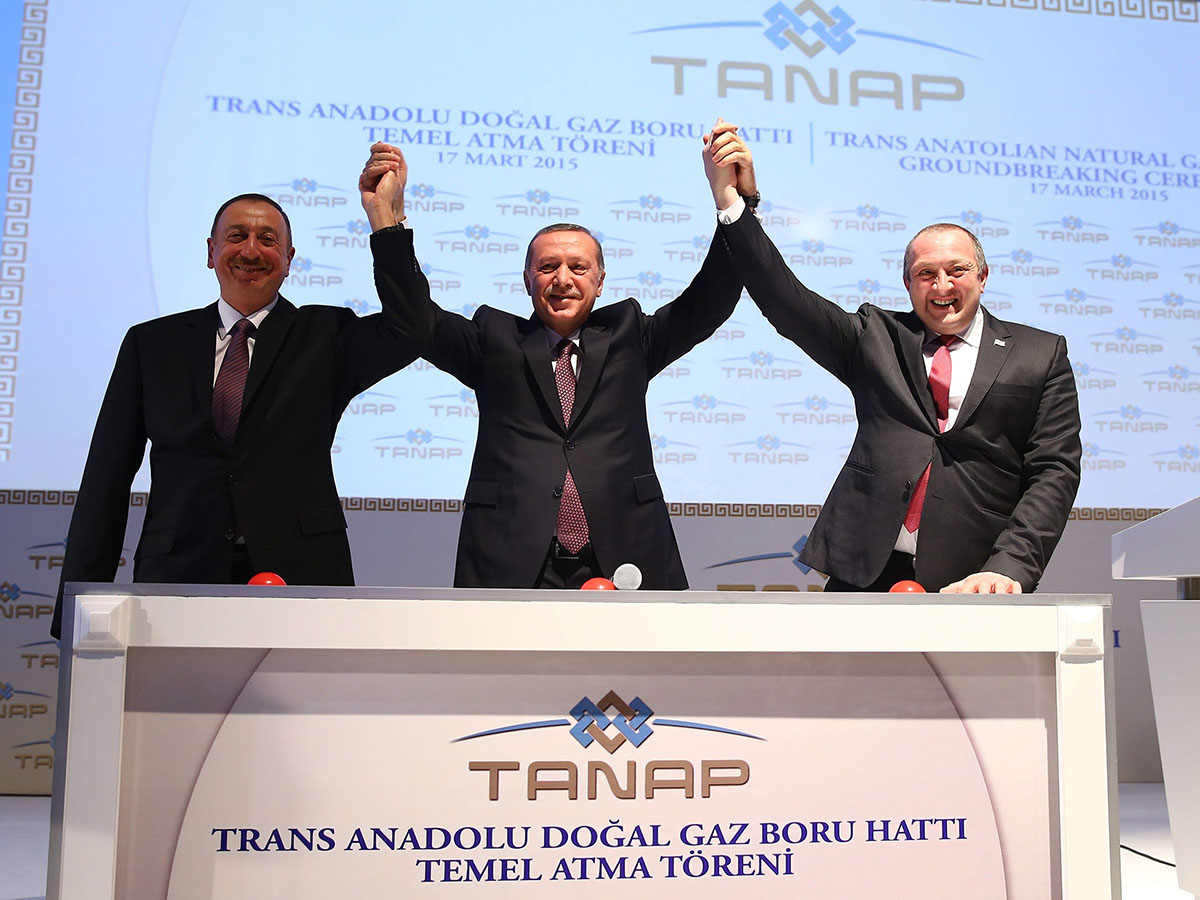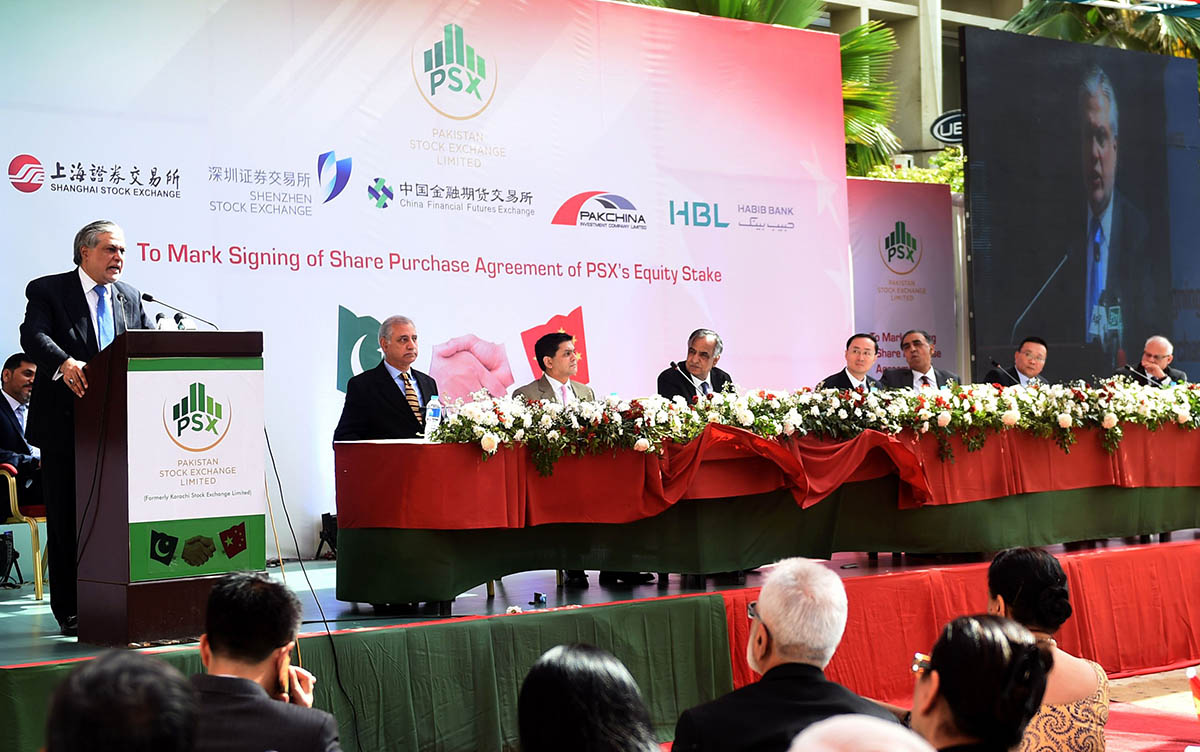Financial Integration: Safeguarding the Global Economy

Since the global economic crisis erupted, trade protectionism, isolationism and terrorism have been on the rise, which has resulted in sluggish recovery of the global economy and setbacks in globalization. As a large, responsible country, China has consistently made key efforts to stabilize the world economy. During the global financial crisis, China was at times contributing over 50 percent of world economic growth. China is becoming the stabilizer and engine of the world economy. In this context, Chinese President Xi Jinping proposed the Belt and Road Initiative in 2013 to strengthen cooperation based on the principles of policy coordination, infrastructure connectivity, unimpeded trade, financial integration and closer people-to-people ties. Financial integration, in particular, is one crucial method of promoting economic growth and financial stability.
Financial Integration Propels the Belt and Road Initiative’s Construction
So far, the Belt and Road Initiative has inspired enthusiastic support from more than 100 countries. Over 130 agreements on transportation and more than 100 agreements on investment have been signed. More than 100 cross-border economic cooperation zones and industrial parks have been jointly built by China and countries along the routes. During the construction of the Belt and Road, China has deepened its financial cooperation with countries along the routes through policy-based finance, development finance, cooperative finance and commercial finance. China has strengthened cooperation in banking, securities, insurance and financial supervision. China has also promoted the regionalization and internationalization of currency. All these measures have supported the construction of the Belt and Road and stabilized regional finance. And China, as the main force, is driving the economic growth of countries along the routes. Multilateral financial organizations like the Asian Infrastructure Investment Bank (AIIB) and the European Bank for Reconstruction and Development have participated in the construction of the Belt and Road, meeting various countries’ demands for financing of infrastructure. International financial organizations like the BRICS New Development Bank have played a leading role in pushing green development and establishing the green Silk Road. By the end of 2014, China had invested US$40 billion in the Silk Road Fund, an organization specifically formed to support infrastructure construction, connectivity, and financial and industrial cooperation along the Belt and Road. In its first year of operation, AIIB, initiated by China, invested US$1.7 billion in infrastructure.

the signing of a share purchase agreement of the equity stake of the Pakistan Stock Exchange
(PSX) in Karachi. Three Chinese financial organizations bought 30 percent of the share. VCG
Network for Financial Stability
Since the proposal of the Belt and Road Initiative, China has strengthened the connectivity of financial infrastructure with nations along the routes and made great progress in cooperation on supervising and preventing systemic financial risk.
Cooperating countries have established financial organizations in reciprocal lands. By the end of 2016, nine Chinese-funded banks had set up 26 first-tier branches in nations along the routes. The 54 commercial banks of 20 nations along the routes have six established subsidiaries, one finance company, 20 branches and 40 representative offices in China.
Direct financing in the capital market represents the primary source for financing infrastructure construction in countries and regions along the routes. In 2015, China and Germany set up a joint venture called China Europe International Exchange AG (CEINEX). In 2016, Chinese futures and securities exchanges held 30 percent of the stake of the Pakistan Stock Exchange. Chinese cooperation in stock markets with other countries including the UK and Russia is being discussed. China’s Securities Regulatory Commission has signed memorandums on cooperation on securities with 26 nations and regions along the routes. By the end of 2016, 14 overseas enterprises had issued 46 panda bonds totaling 83.6 billion yuan. On March 17, 2017, Russia’s United Company RUSAL Plc issued 10 billion yuan worth of bonds on the Shanghai Stock Exchange. They were the first panda bonds issued by a company from a country along the Belt and Road. Insurance capital is secure and stable, which makes it ideal to fund infrastructure. Its advantage in risk management creates guarantees for investors and traders. In 2016, overseas investment insurance underwrote 263 Belt and Road projects involving 29 countries, with an insurance policy worth US$30.73 billion. The narrow industrial structures of many countries along the routes make it hard for them to fend off risk. To hedge against risk in the precarious global financial market, China Banking Regulatory Commission has signed memorandums of understanding on bilateral supervision with counterparts in 67 countries and regions. Nations along the routes can also use public monetary goods like RMB to combat financial risk. China has already carried out currency swaps with over 30 countries, amounting to 3.3 trillion yuan. On October 1, 2016, RMB became one of the currencies in the Special Drawing Rights (SDR) basket. Countries along the routes can make full use of financial infrastructure enhanced by the Belt and Road Initiative and RMB’s stability, making the Initiative an important instrument of international trade that promotes economic growth. Increasing financial integration provides strong support for the construction of the Belt and Road and lifts economic development. Simultaneously, a network of stabilizing finance is taking shape, which will help countries avoid financial crisis and propel steady growth of the economy.
The author is a research fellow at the Chongyang Institute for Financial Studies at Renmin University of China.